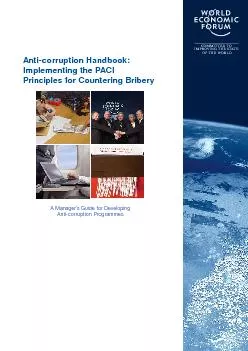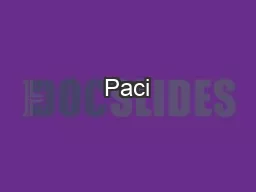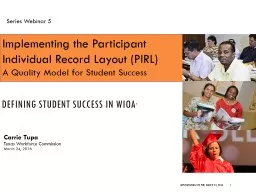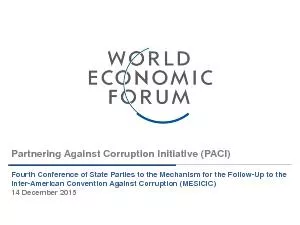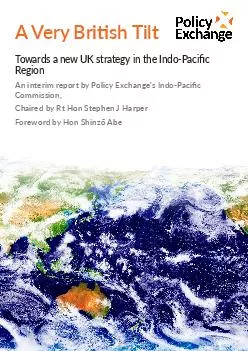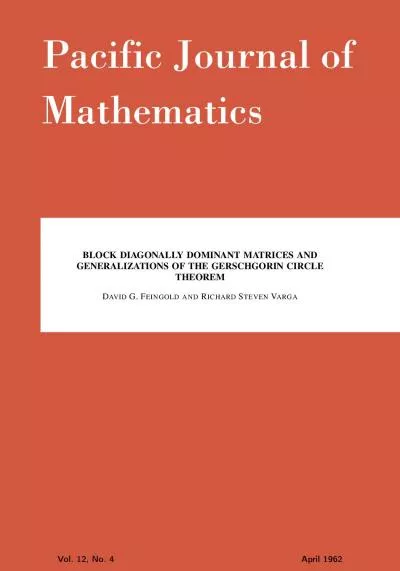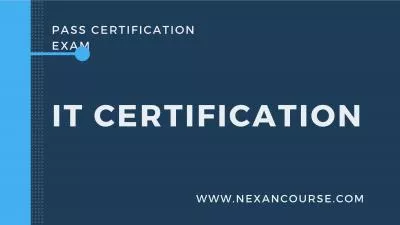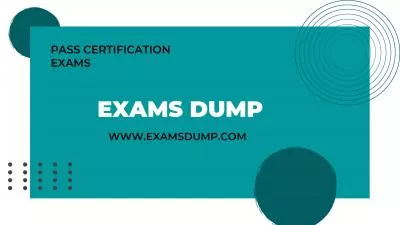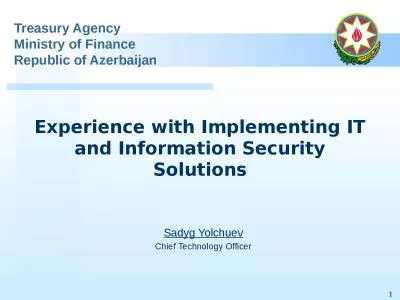PDF-Implementing the PACI A Manager
Author : maniakti | Published Date : 2020-11-20
COMMITTED TO IMPROVING THE STATE OF THE WORLD The views expressed in this publication do not necessarily reflect those of theWorld Economic ForumWorld Economic Forum9193
Presentation Embed Code
Download Presentation
Download Presentation The PPT/PDF document "Implementing the PACI A Manager" is the property of its rightful owner. Permission is granted to download and print the materials on this website for personal, non-commercial use only, and to display it on your personal computer provided you do not modify the materials and that you retain all copyright notices contained in the materials. By downloading content from our website, you accept the terms of this agreement.
Implementing the PACI A Manager: Transcript
Download Rules Of Document
"Implementing the PACI A Manager"The content belongs to its owner. You may download and print it for personal use, without modification, and keep all copyright notices. By downloading, you agree to these terms.
Related Documents

